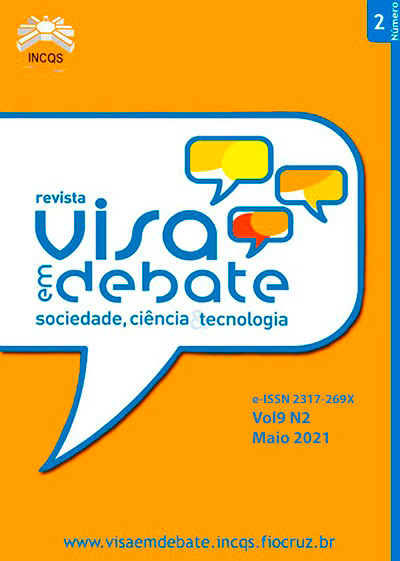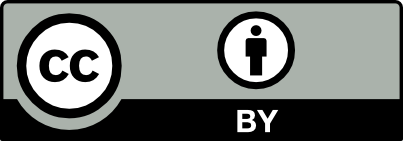Brazilian Health Regulatory Agency work in framing borderline products: a documentary research
DOI:
https://doi.org/10.22239/2317-269X.01481Keywords:
Agência Nacional de Vigilância Sanitária; Análise Prévia de Produtos; Brasil; Produto Fronteira; Registro de Produtos; Regulamentação Governamental.Abstract
Introduction: The majority of products subject to health surveillance can be easily classified into medicines, medical devices, cosmetics, sanitizers or food, for purposes of regularization at the Brazilian Health Regulatory Agency (Anvisa). However, there are products, called “borderline products”, that share characteristics of several of these categories simultaneously, making it difficult to comply with the current health legislation. Objective: To describe Anvisa’s role in the regulatory framework for borderline products for marketing purposes in Brazil. Method: Documentary research of a descriptive nature and qualitative and quantitative approach carried out based on documents produced by Anvisa, such as normative acts, reports and technical opinions and minutes of meetings. The elaboration of the narrative was based on a selective, judicious and iterative process. The numerical values were expressed in absolute and relative frequencies, the median being used as a measure of central tendency. Results: Twenty-seven documents were analyzed. Anvisa instituted a technical committee in October 2015, with the task of subsidizing decisions of its Collegiate Board (Dicol) on the framing of borderline products. It is formed by representatives from the marketing authorization areas, post-market monitoring, inspection and improvement of regulatory quality. The committee adopted five borderline demarcation criteria, based on the experience of other international regulatory agencies. Between 2017 and 2019, the committee issued ten opinions that had Dicol’s deliberations. In five cases, the border demarcation involved two types of product categories, namely: drug products and medical devices. Sixty-two citations were identified in the eight borderline product framing opinions, most of which were classified as gray literature (n = 53; 85.5%). Conclusions: Anvisa has recently taken a more systematic and integrated approach to the issue of framing borderline products, with the creation of a technical committee formed by representatives of the areas responsible for product marketing authorization, inspection, monitoring and regulation. The current conformation of the committee produced, in 2019, a greater number of opinions in relation to the previous years studied.
Downloads
Downloads
Published
Versions
- 2021-05-31 (2)
- 2021-05-31 (1)
Issue
Section
License
Copyright (c) 2021 Health Surveillance under Debate: Society, Science & Technology (Vigilância Sanitária em Debate: Sociedade, Ciência & Tecnología) – “Visa em Debate”

This work is licensed under a Creative Commons Attribution-NonCommercial 4.0 International License.
COPYRIGHT ALLOWANCE The author (s) hereinafter designated as the ASSIGNOR hereby assign and transfer, free of charge, the ownership of the copyrights related to this ARTICLE to the Vigilância Sanitária em Debate: Sociedade, Ciência & Tecnologia (Health Surveillance under Debate: Society, Science & Technology) – Visa em Debate, represented by FUNDAÇÃO OSWALDO CRUZ, established at Av. Brasil, nº 4365, Manguinhos, Rio de Janeiro, RJ, Brazil, CEP 21045-900, under the conditions set out below: (a) The terms and conditions set forth in this Agreement shall apply to the following: 1. The ASSIGNOR declares that they s(he) is (are) the author (s) and owner (s) of the copyrighted property of the ARTICLE submitted. 2. The ASSIGNOR declares that the ARTICLE does not infringe the copyrights and / or other property rights of third parties, that the disclosure of images (if any) has been authorized and that they s(he) assume(s) full moral and / or property liability for its content, before third parties. 3. THE ASSIGNOR assigns and transfers all copyrights relating to the ARTICLE to the ASSIGNEE, especially the rights of editing, publication, translation into another language and reproduction by any process or technique. The ASSIGNEE becomes the exclusive owner of the rights related to the ARTICLE, and any reproduction, totally or partially, is prohibited in any other means of publicity, printed or electronic, without prior written authorization from the ASSIGNEE. 4. The assignment is free and, therefore, there will be no remuneration for the use of the ARTICLE by the ASSIGNEE.







